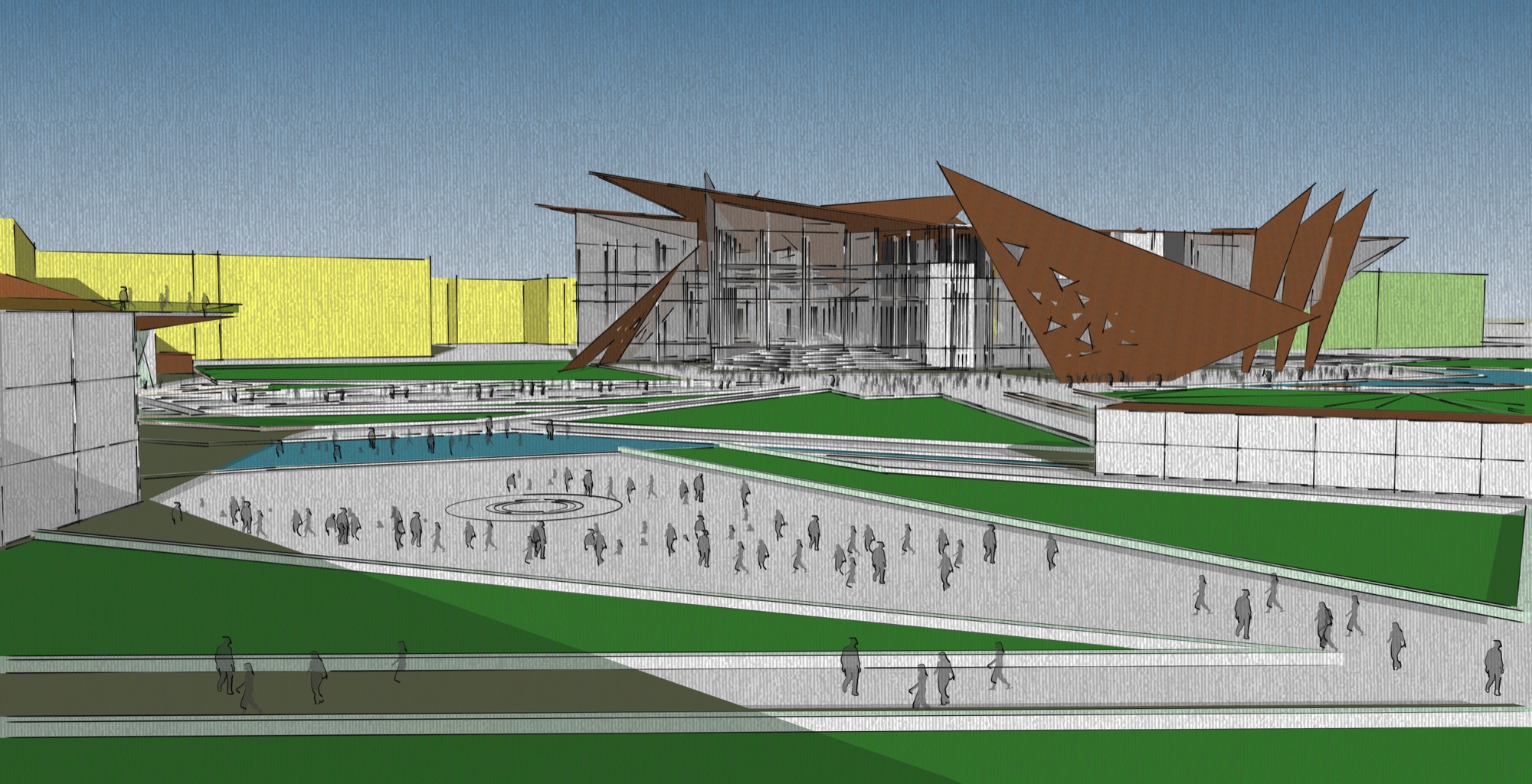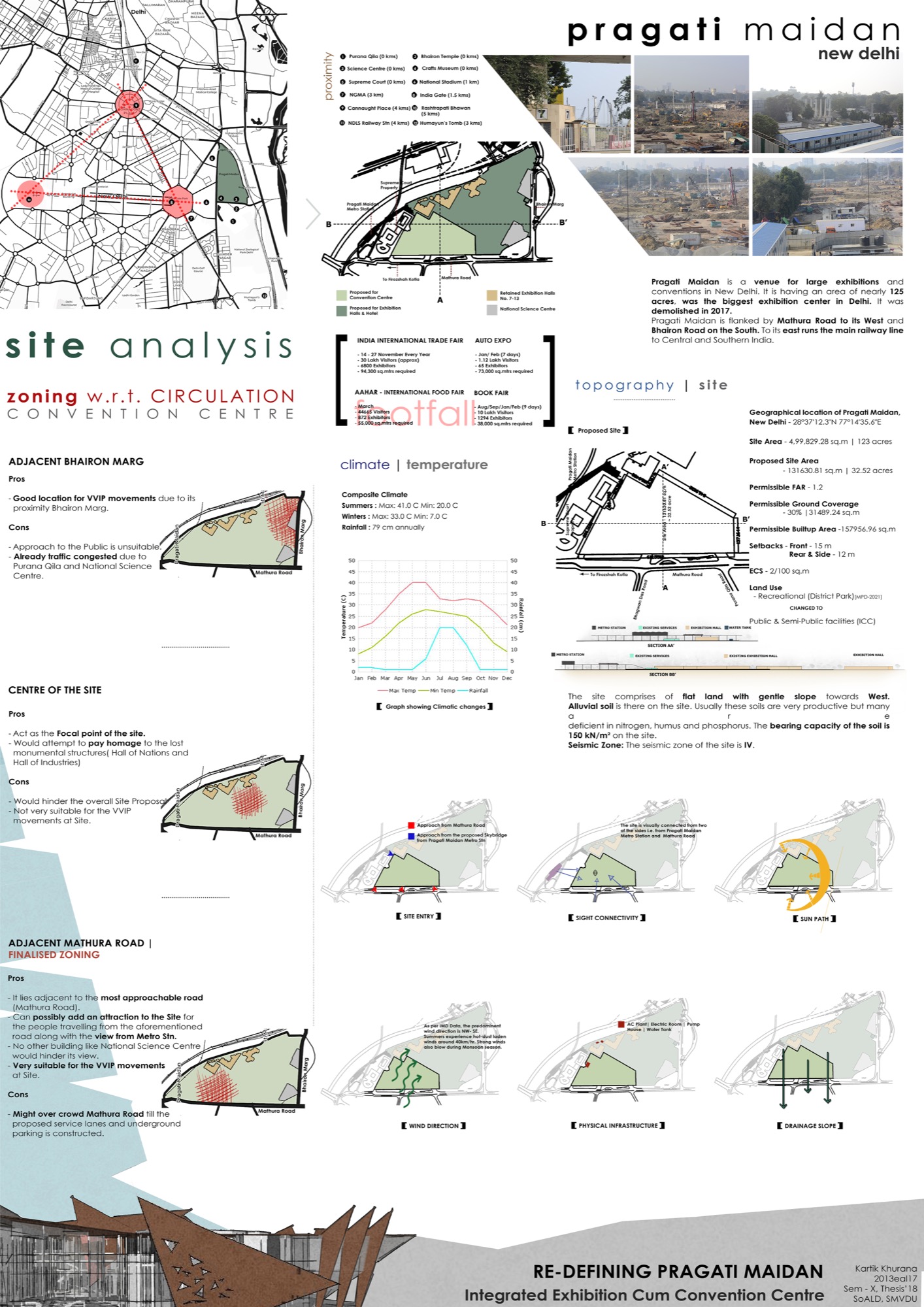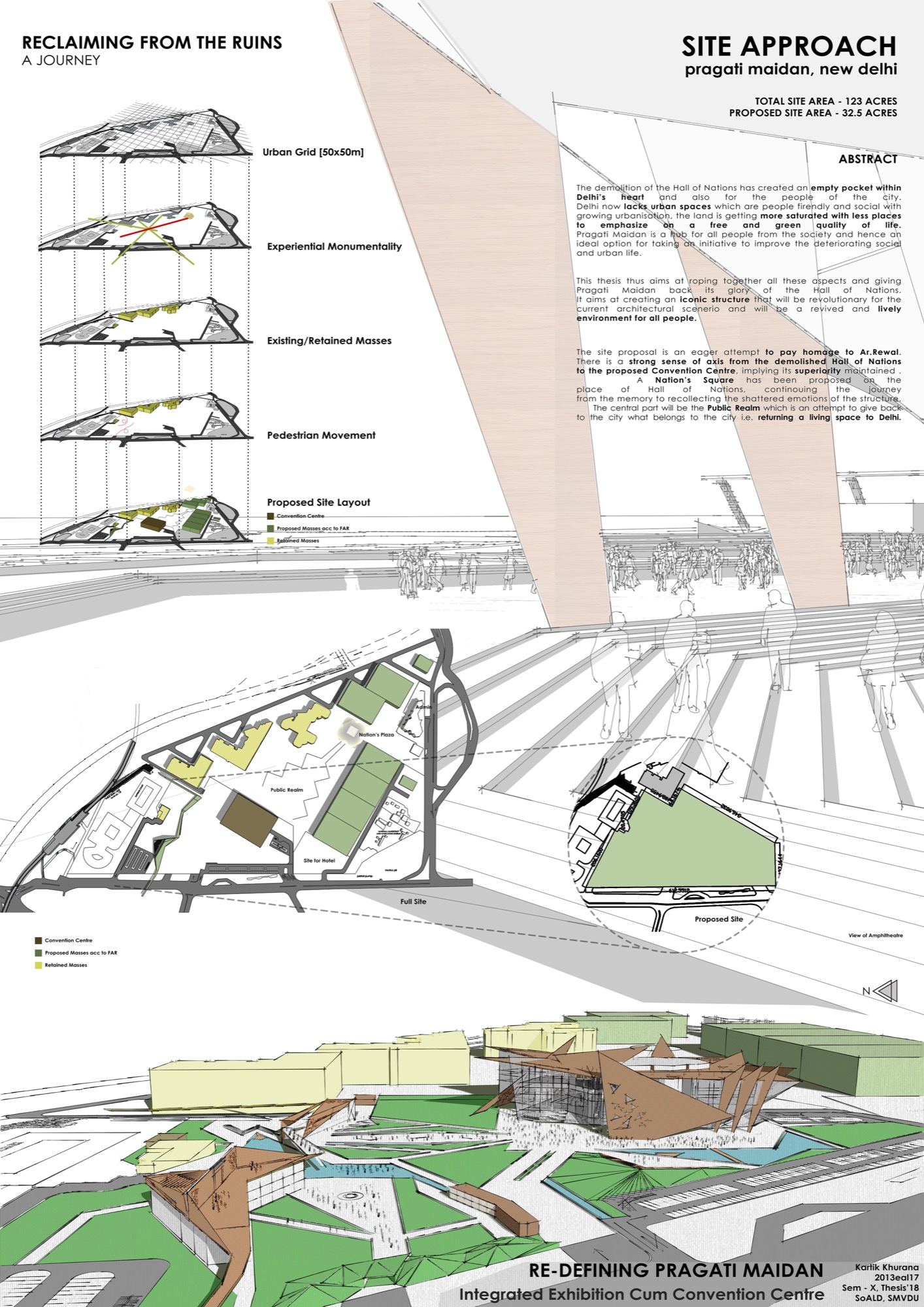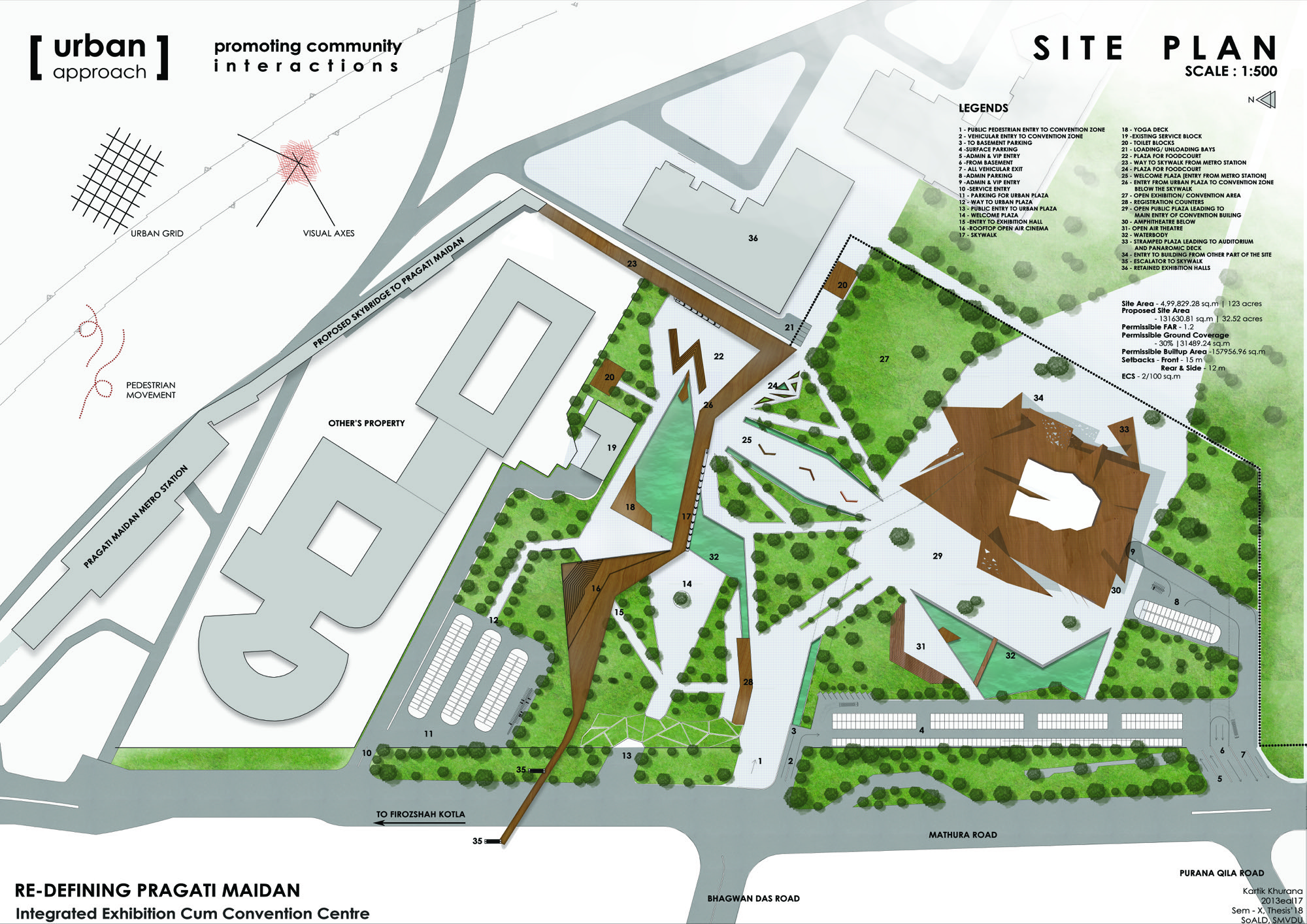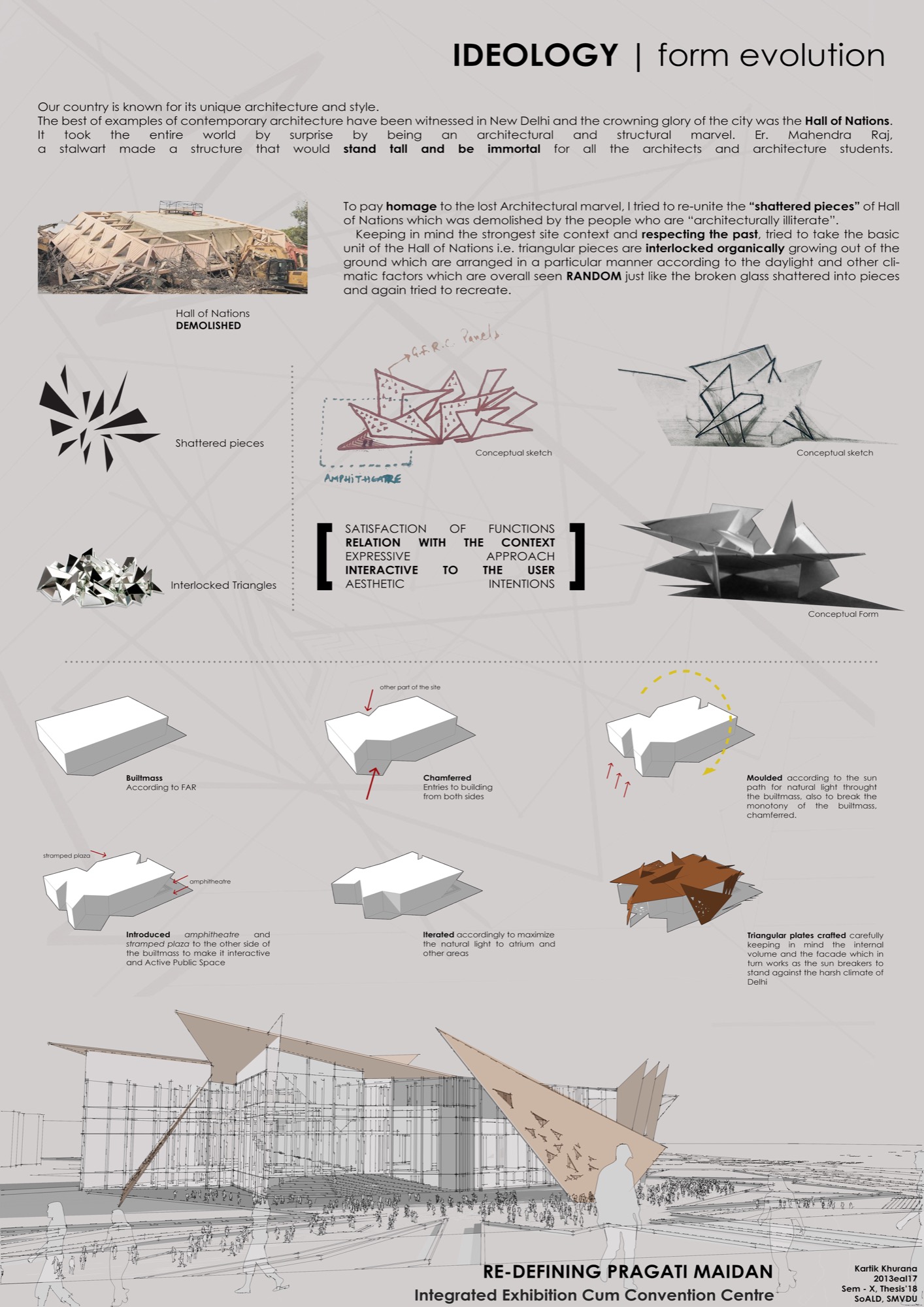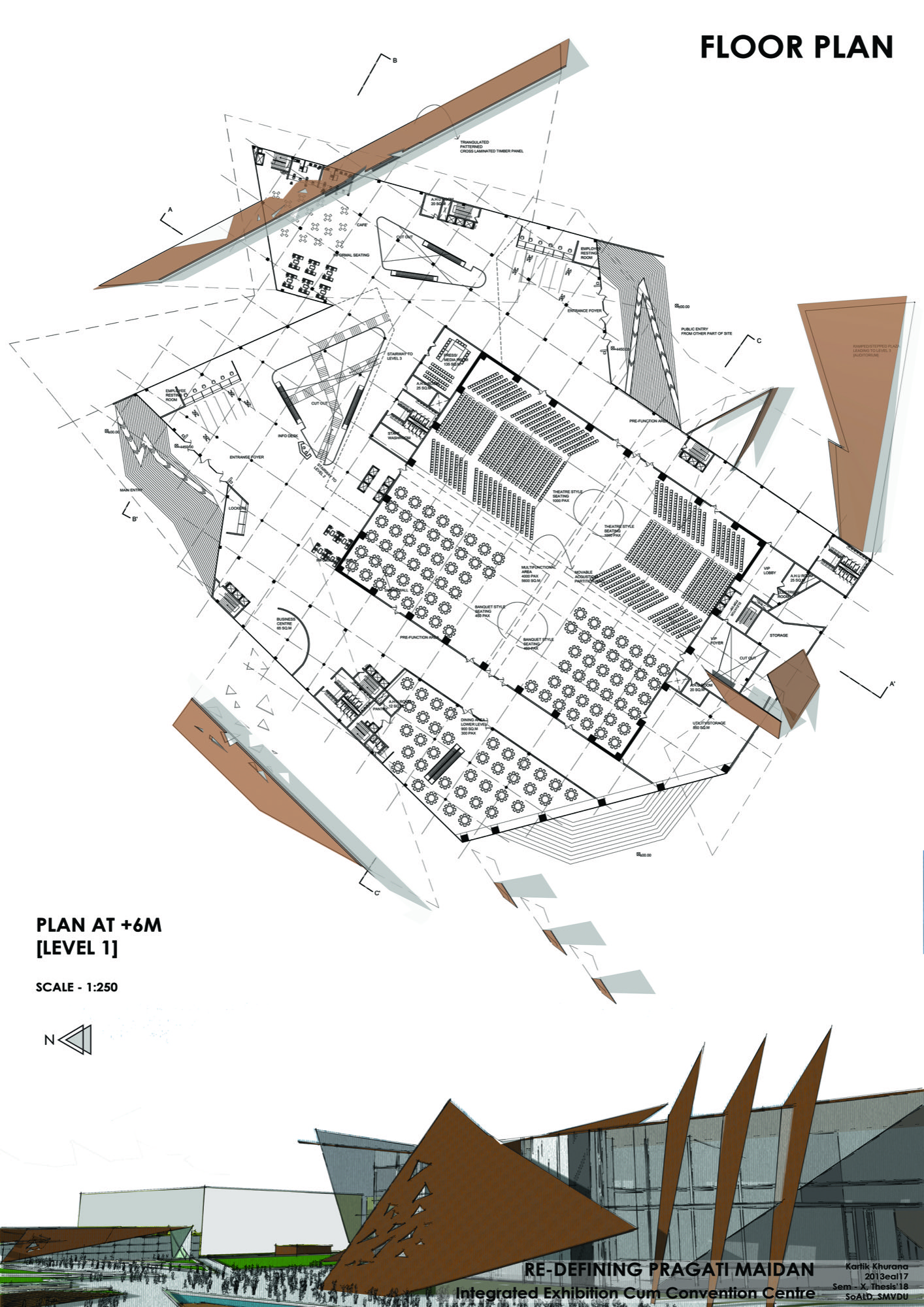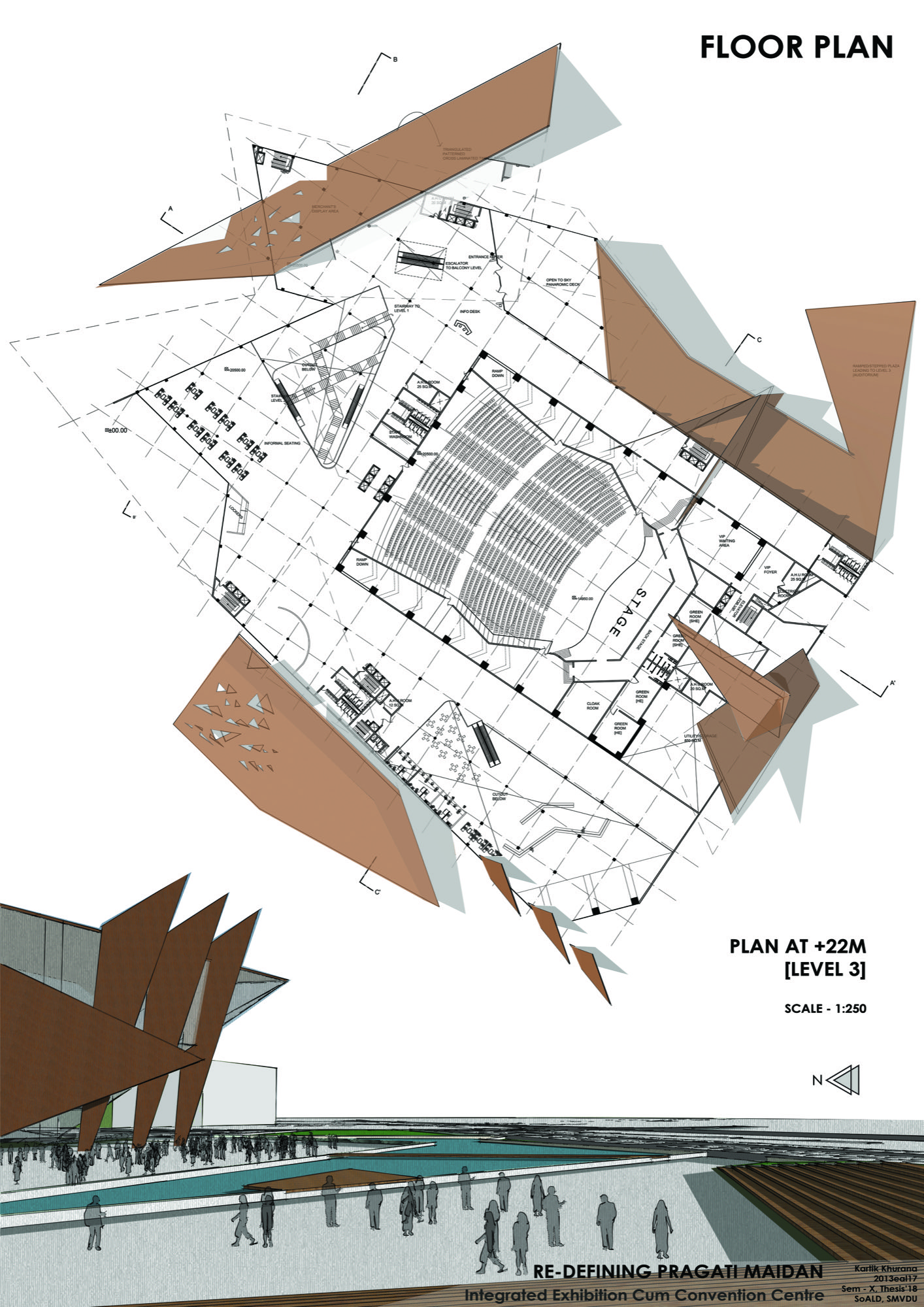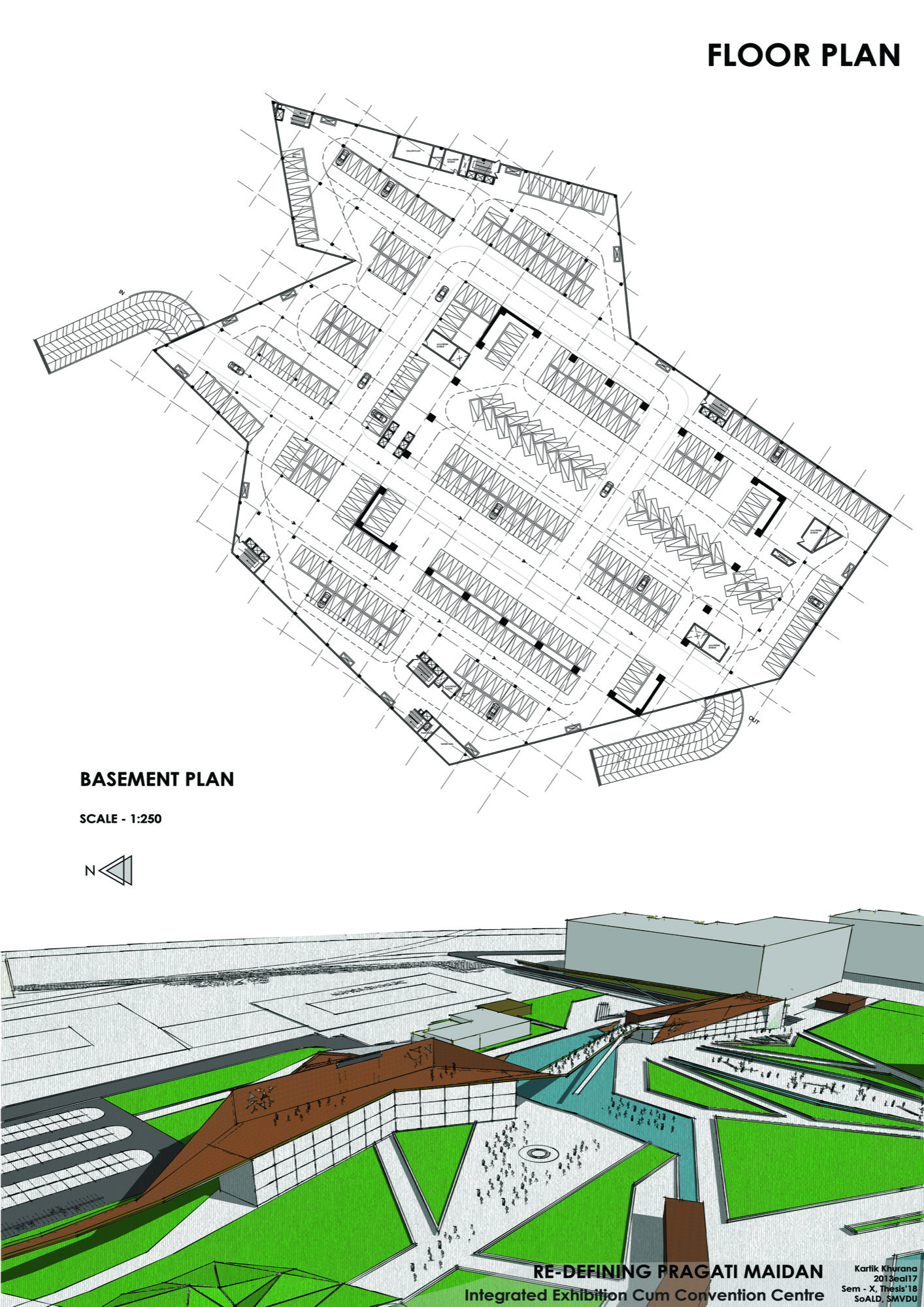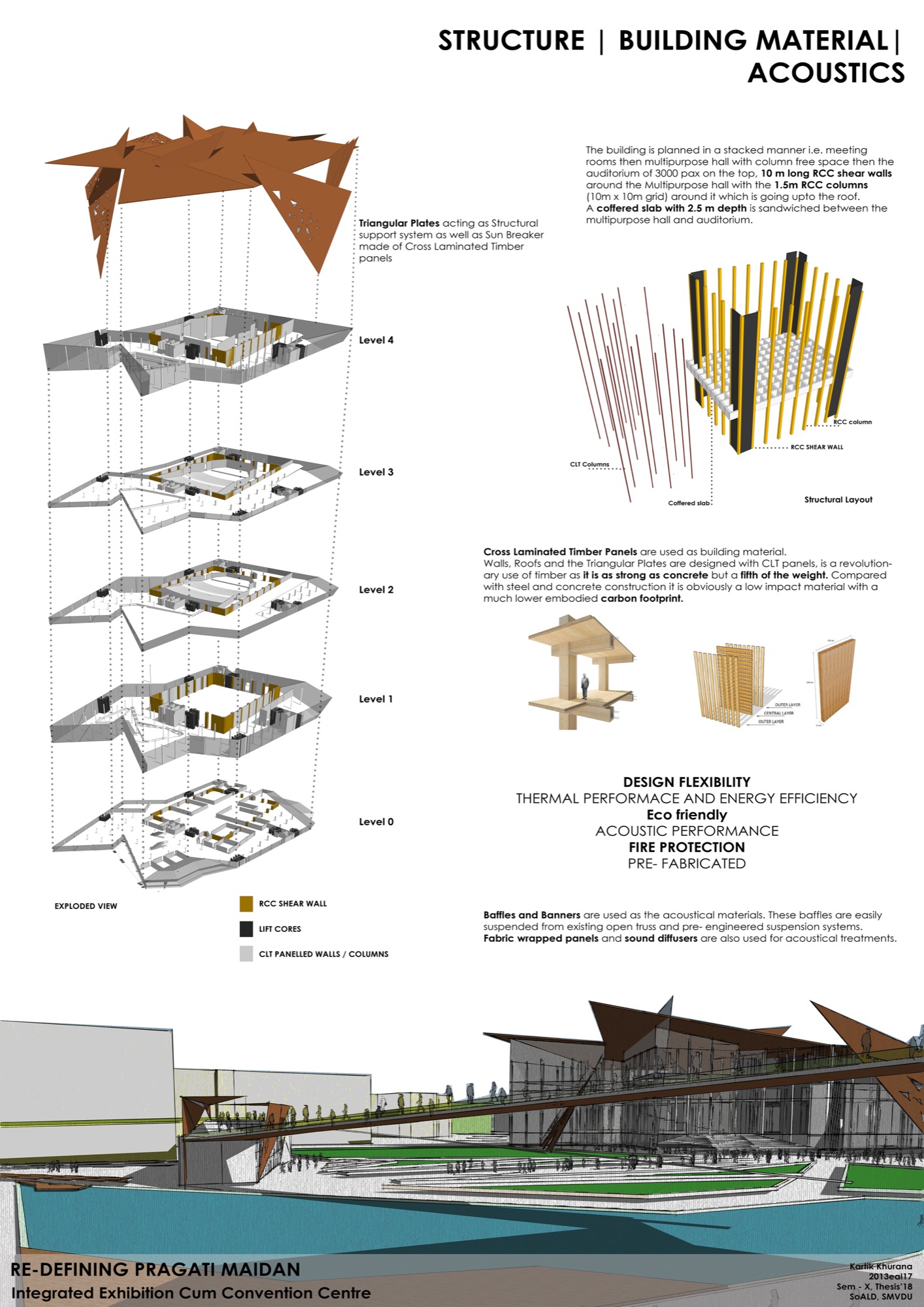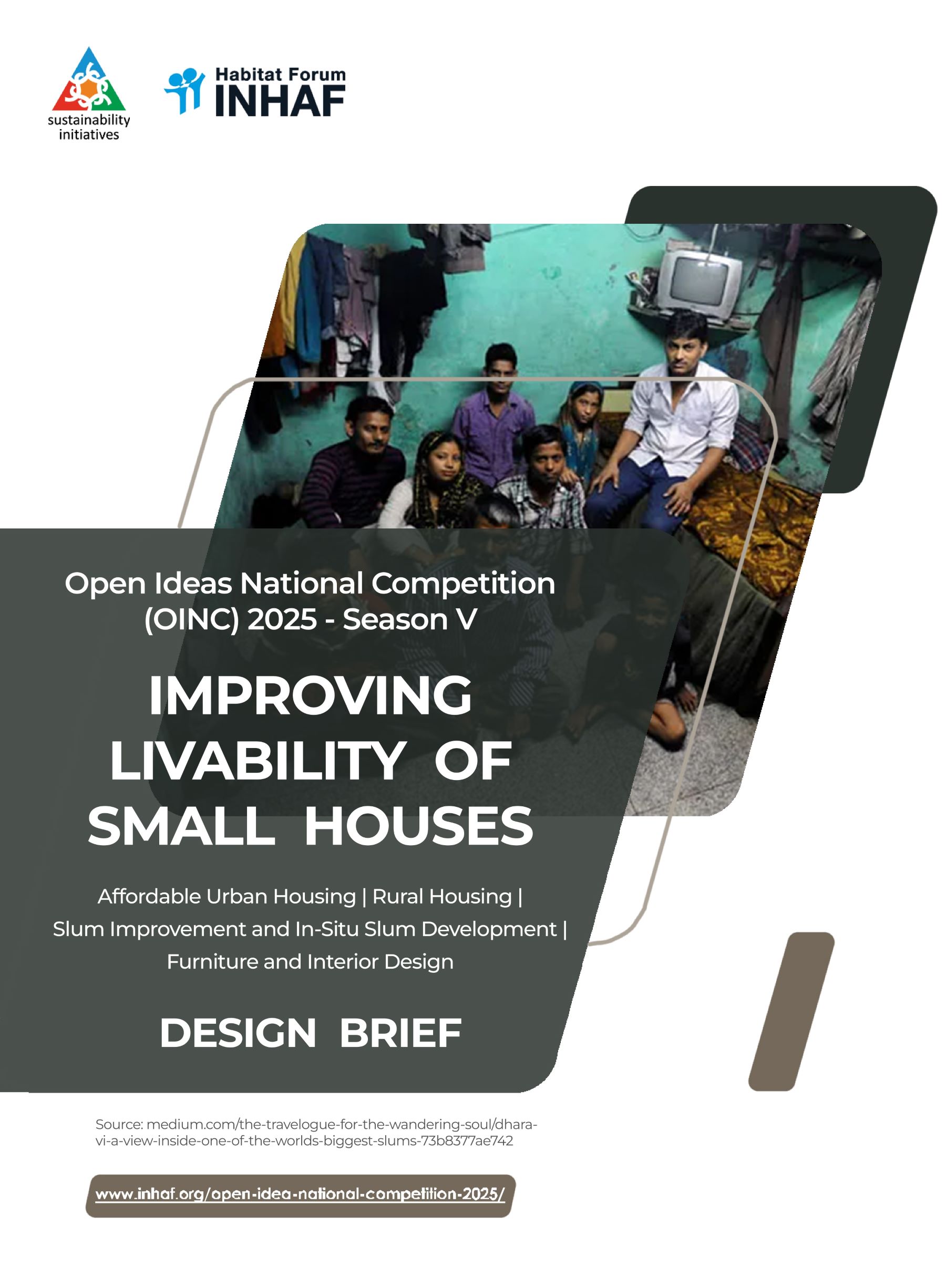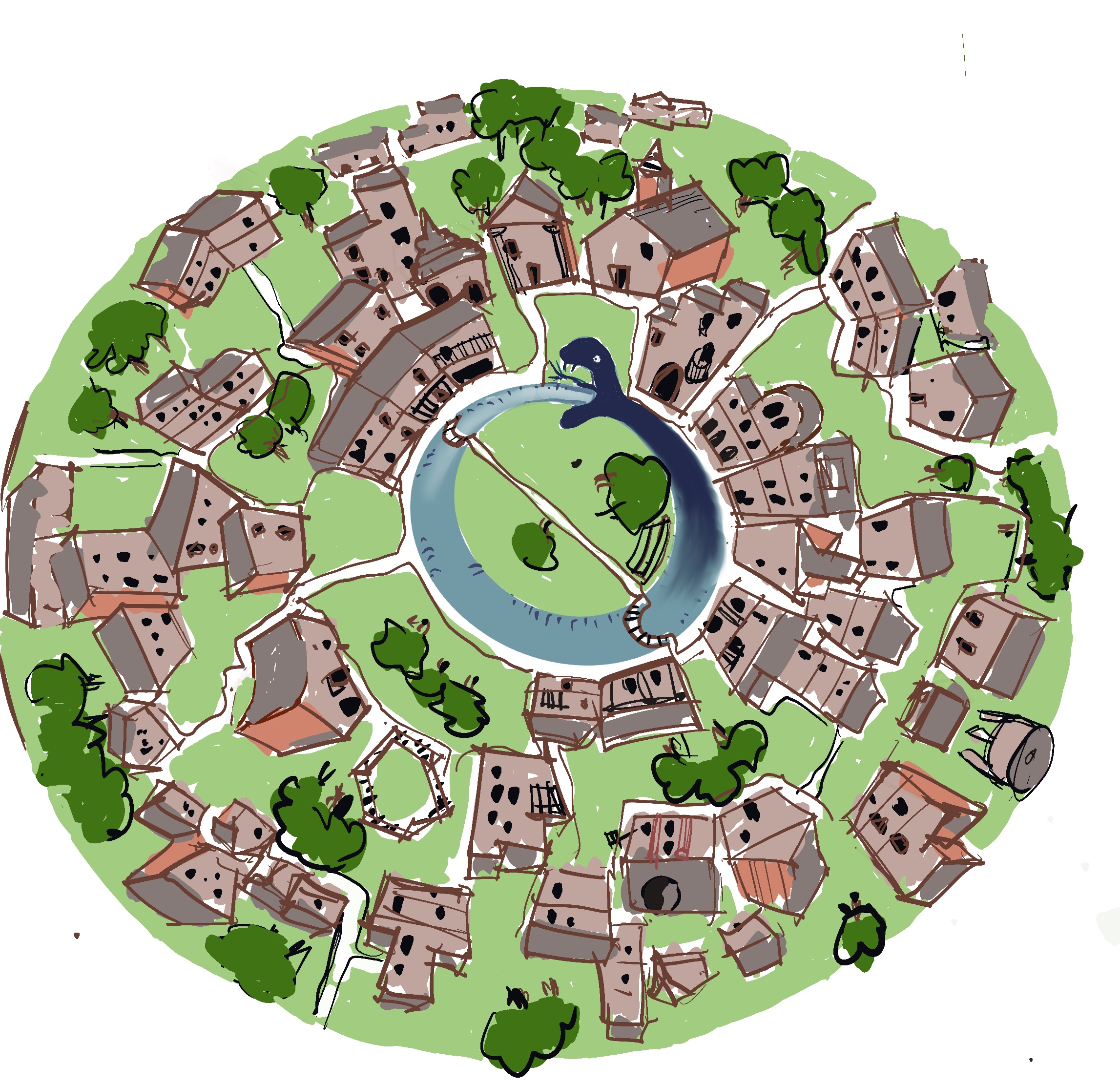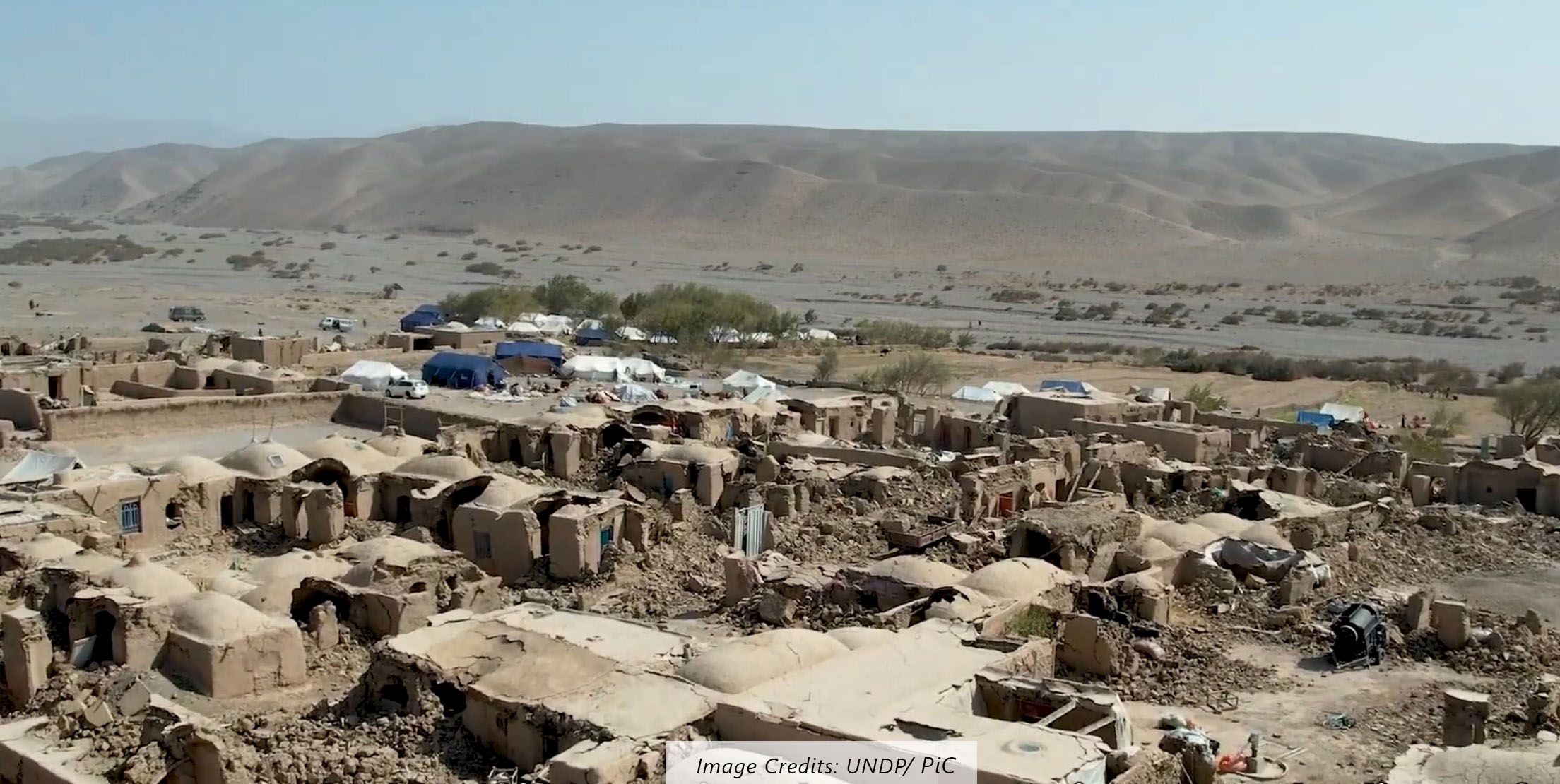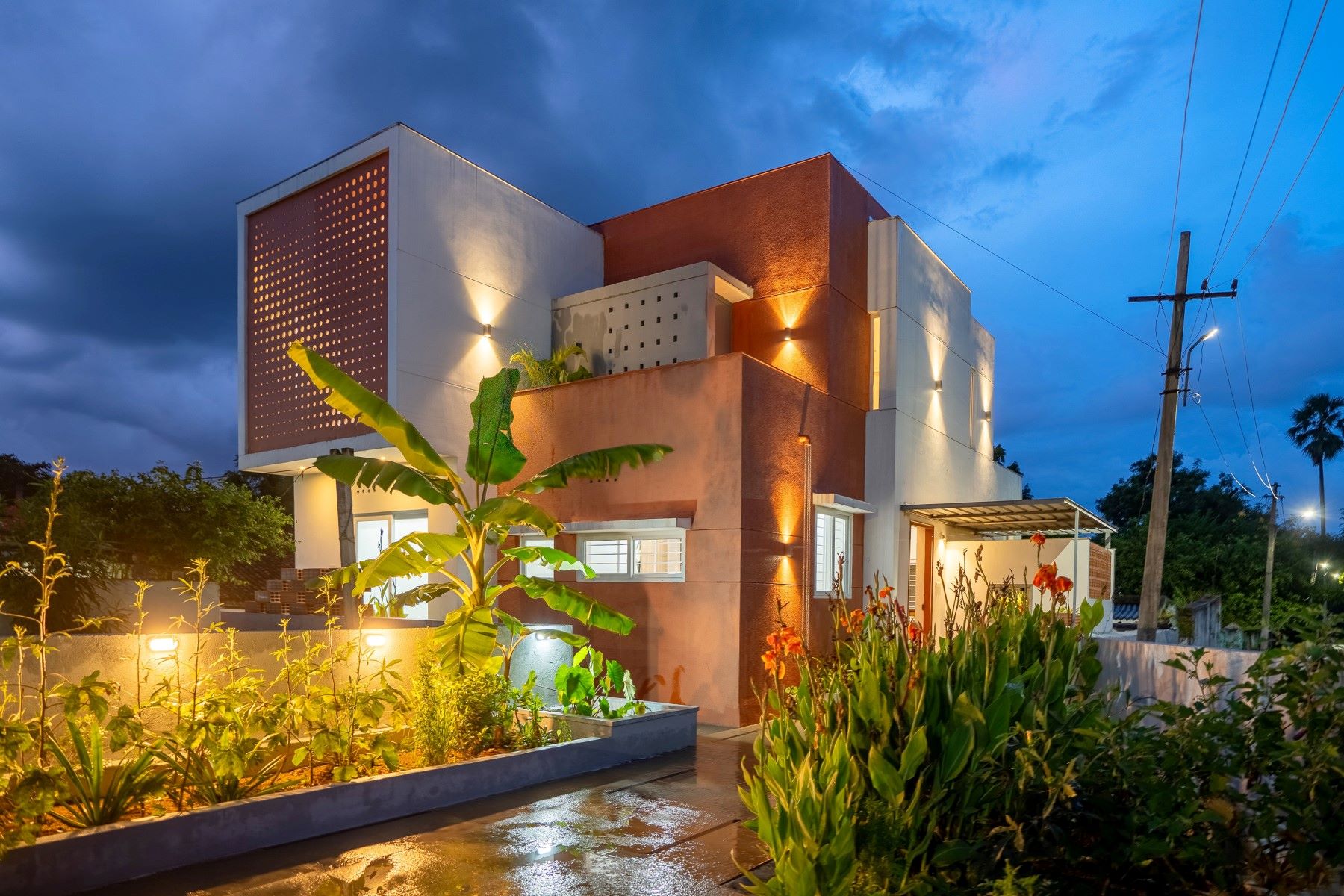ABSTRACT
The demolition of the Hall of Nations has created an empty pocket within Delhi’s heart and also for the people of the city. Delhi now lacks urban spaces which are people friendly and social with growing urbanization, the land is getting more saturated with fewer places to emphasize on a free and green quality of life. Pragati Maidan is a hub for all people from the society and hence an ideal option for taking an initiative to improve the deteriorating social and urban life. This thesis thus aims at roping together all these aspects and giving Pragati Maidan back its glory of the Hall of Nations. It aims at creating an iconic structure that will be revolutionary for the current architectural scenario and will be a revived and lively environment for all people.
SITE APPROACH
The site proposal is an eager attempt to pay homage to Ar.Rewal.There is a strong sense of axis from the demolished Hall of Nations to the proposed Convention Centre, implying its superiority maintained. A Nation’s Square has been proposed on the place of Hall of Nations, continuing the journey from the memory to recollecting the shattered emotions of the structure. The central part will be the Public Realm which is an attempt to give back to the city what belongs to the city i.e. returning a living space to Delhi.
FORM EVOLUTION | CONCEPT
Our country is known for its unique architecture and style.The best of examples of contemporary architecture have been witnessed in New Delhi and the crowning glory of the city was the Hall of Nations. It took the entire world by surprise by being an architectural and structural marvel. Er. Mahendra Raj, a stalwart made a structure that would stand tall and be immortal for all the architects and architecture students.
To pay homage to the lost Architectural marvel, I tried to re-unite the “shattered pieces” of Hall of Nations which was demolished by the people who are “architecturally illiterate”. Keeping in mind the strongest site context and respecting the past, tried to take the basic unit of the Hall of Nations i.e. triangular pieces are interlocked organically growing out of the ground which are arranged in a particular manner according to the daylight and other climatic factors which are overall seen RANDOM just like the broken glass shattered into pieces and again tried to recreate.
Views
Images of model
Drawings:

